[Editor’s Note: the post below appears today at The Huffington Post.]
By Govindini Murty. Hollywood is in the midst of a science-fiction boom, yet few of its sci-fi movies are based on real science. That’s a shame, because the scientific discoveries emerging from NASA these days are as exciting as any Hollywood blockbuster. Whether it’s the stunning images from the Mars Curiosity rover, or the Hubble and Spitzer Space Telescopes’ observations of a dazzling array of exoplanets, or the announcement that Voyager 1 has become the first human-made object to leave the solar system, NASA is daily generating storylines that provoke the imagination and expand our horizons.
What makes these developments intriguing for adaptation into sci-fi movies is that they are real. At a time when audiences are increasingly jaded by computer special effects, there’s something fresh and engaging about a sci-fi movie that might actually have some basis in reality. Isn’t it time that we see more sci-fi films that explore the real mysteries of the universe all around us?
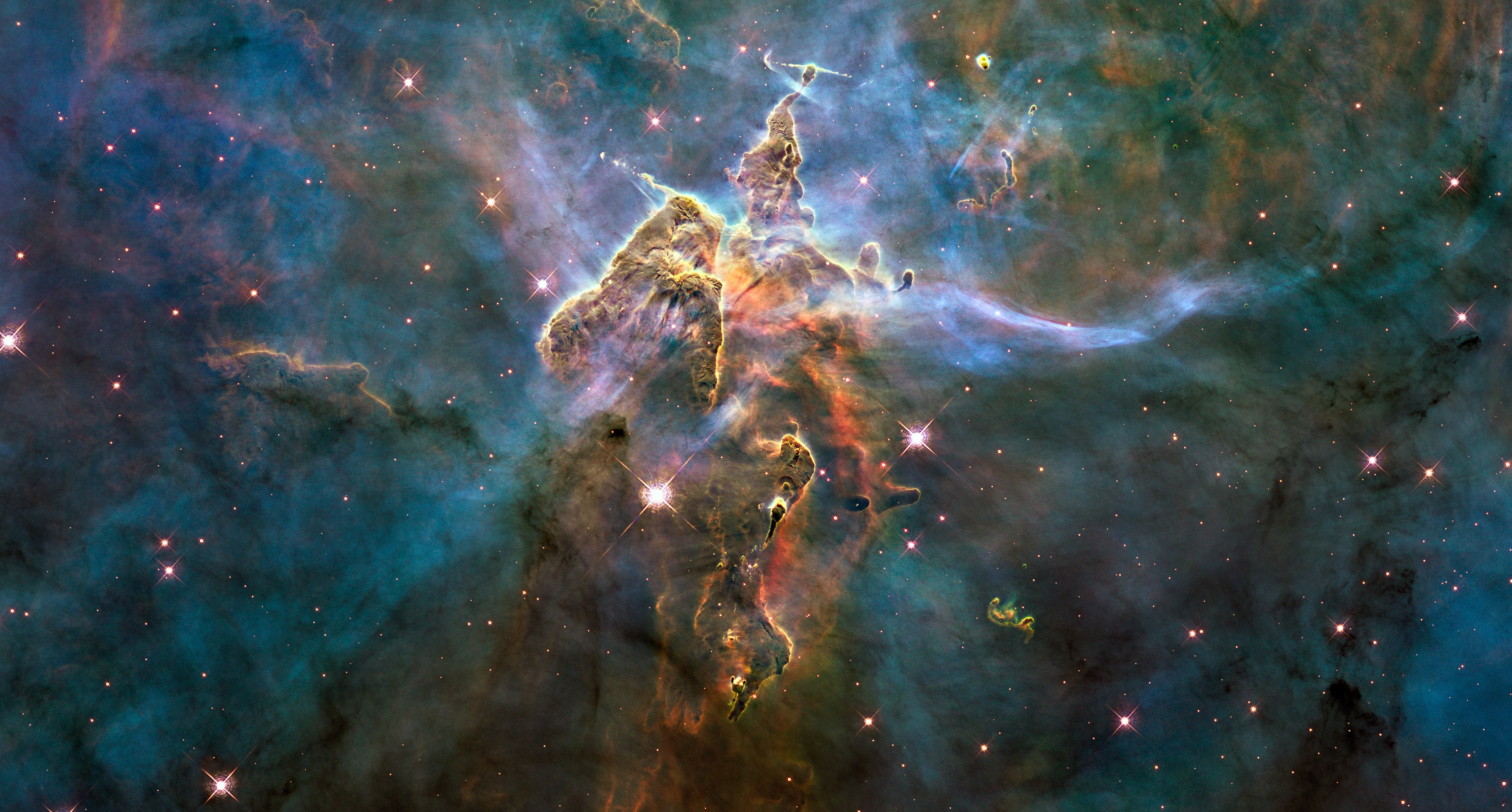
As a case study for a sci-fi movie inspired by NASA science, I recommend that people take a look at Sebastian Cordero’s Europa Report. With a cast that includes Sharlto Copley, Anamaria Marinca, and Michael Nyqvist, Europa Report is currently playing in select theaters and on VOD, and will be available on iTunes starting October 8th. The movie is one of the few sci-fi films in recent years to offer a realistic depiction of a manned mission to outer space – in this case, to search for life on Jupiter’s moon Europa.
I chatted with NASA- JPL astrobiologist Steve Vance, one of the science advisors on Europa Report, at the film’s LA Film Festival premiere. Vance expressed to me his enthusiasm about the movie:
“I’m just thrilled that I got to be part of something that is bringing Europa more into the public eye. I’m really excited about how this movie captures the passion of exploration and also the science.”
Europa has been the focus of much attention in recent years because it may harbor life in the liquid water ocean that is theorized to exist under its icy crust. Vance, who studies the interiors of icy moons like Europa and who is acting staff scientist on NASA’s Europa Project, told me that he and his colleagues are “pre-formulating a mission that we hope will fly to Europa to address the same kind of questions that were addressed in the movie.” The most pressing of these questions is whether life independently developed on another body within our solar system.

Although Vance noted that a manned mission to Europa isn’t currently feasible, due to the difficulties of even sending a human as far as Mars, he explained that NASA is assessing plans to send a robotic spacecraft to Europa (see NASA artist’s concept above): “The mission we’re looking at right now is [that] we’ll do multiple flybys to orbit Jupiter, and do thirty or more flybys of Europa and completely map the surface.” (See this paper in the August issue of Astrobiology on future missions to Europa, co-authored by Vance).
And this brings me to a larger point: whether it’s robotic spacecraft taking photos of the surfaces of distant moons like Europa – or movies that draw on that imagery to dramatize outer-space exploration – visual representation plays a crucial role in bringing science to life.
For example, the photos taken by the Galileo space probe as it orbited Jupiter and its moons from 1995 to 2003 gave the public the most detailed images yet of mysterious Europa and its icy, cracked outer shell. These photos (see below) then inspired the filmmakers of Europa Report. In turn, NASA scientists like Vance hope that movies like Europa Report will inspire public support for future missions back to Europa. In short, art and science play a surprisingly reciprocal role today.
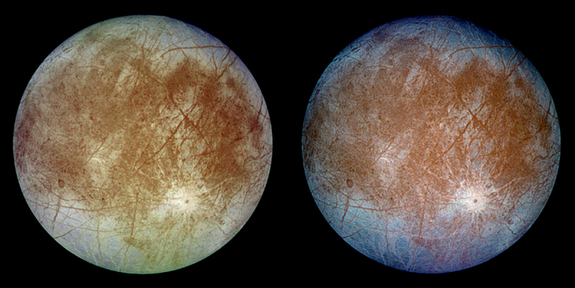
Given how important photos and imagery have been to NASA, I was amazed to read in a recent NASA blog post that in the 1960s, NASA debated whether to even put cameras on board spacecraft. Fortunately, with the Mariner 4 mission that brought back the first close-up photos of Mars in 1965, the agency realized how crucial images were to advancing scientific knowledge and inspiring the public.
Vance’s JPL colleague Ken Williford reiterated the power of imagery in science. Williford, an astrobiologist and surface sampling scientist on the Mars Science Laboratory Mission, noted at the Europa Report screening:
“A scene that stood out for me was the scene of the lander coming down to the surface of Europa, so [that] we see the surface of Europa in high definition for the first time. It reminds me of when any of the images come down from the NASA spacecraft. We’re sitting on the surface of Mars right now, and we get these gorgeous images … and I bring them down as fast as I can every day. It’s just incredible seeing new images of new exotic places, and I think that’s just an old human desire – to see new places, be new places.”
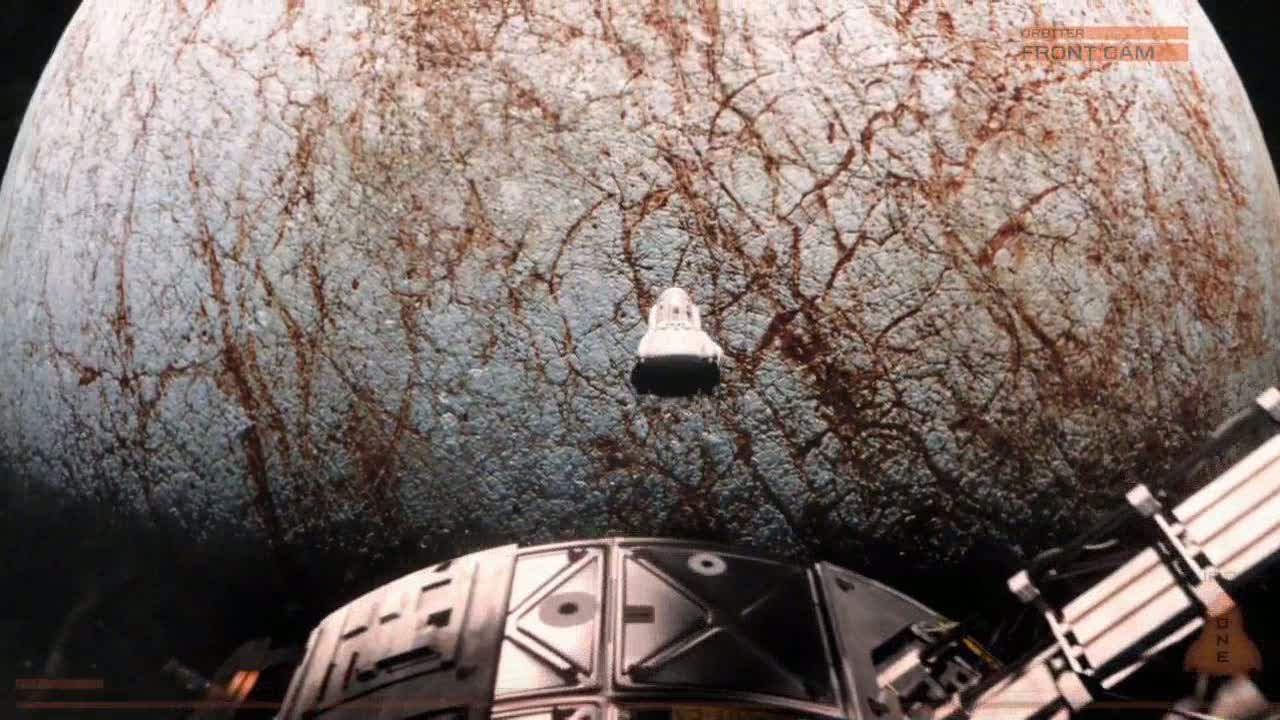
And that’s what I found engaging about Europa Report: it takes as its starting point the idea that the real effort to explore outer space and acquire knowledge about the universe may be the most thrilling adventure of all.
Sebastian Cordero, director of Europa Report, affirmed this when we spoke by phone, saying:
“One of the reasons I was involved in this film was that this is not a film about a threat. We’re not talking about something coming to get us. … It’s much more about the thrill of discovery – and the natural instinct for human beings to explore.”
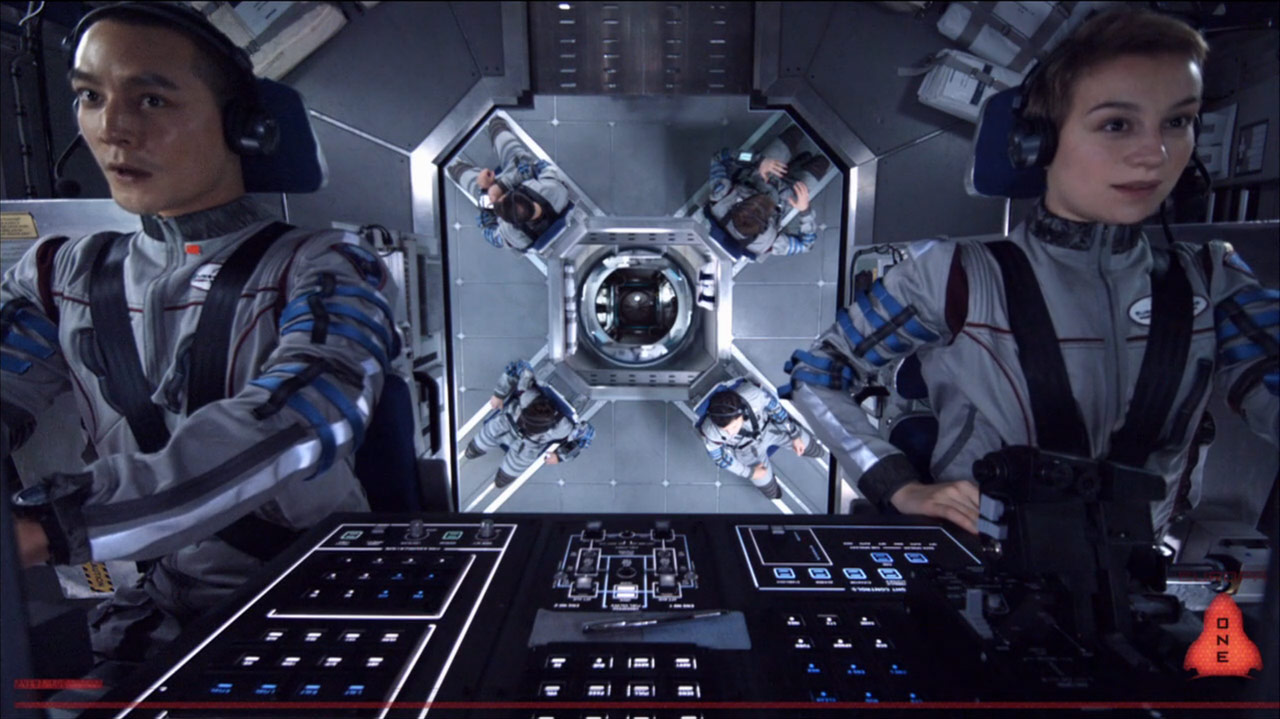
Cordero added:
“As we were researching this, we talked to several astronauts and we watched the documentary that was a huge reference for this film, Al Reinert’s For All Mankind, a documentary about the Apollo missions. What’s so inspiring about that documentary is [that] you see that the drive behind those visions is so strong, that push for science to develop new materials, new elements. … Ultimately the film is about space exploration, but also the human element of space exploration [which] is probably the most important element of all.”
One of the most striking moments in Europa Report is when the co-pilot Rosa (Anamaria Marinca) asks: “Compared to the breadth of knowledge yet to be known, what does your life really matter?” I asked Cordero about this line, noting that the moral ideal in our civilization is to value every human life – and yet there is also an unquenchable human desire to acquire knowledge, often at a high cost. This, after all, is what drove Odysseus to listen to the song of the Sirens, despite all warnings to the contrary. Cordero responded: “Definitely, and I think that what Rosa says in that line really boils down what the essence of the film is about.”
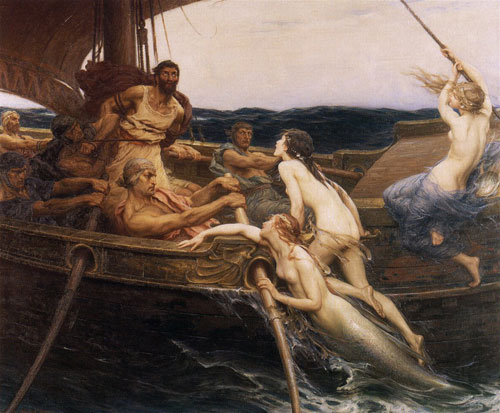
And for filmmakers interested in sci-fi, that quest for knowledge can include having the chance to meet with astronauts and scientists, and see first-hand the exotic world of space exploration. Cordero agreed:
“It was really fascinating … We had access from the beginning to great scientists, great minds, who are behind this exploration. For me as a filmmaker … I was trying to depict space exploration in a realistic and faithful manner. The only way I could do that was if I had the support of people who really knew scientifically what’s behind a journey like this to Europa. … the actual science behind it [made] the film stronger.”
This research played a crucial role in shaping the movie. As Cordero described:
“To give you one example, in the original script, the end of the film took place only on the surface of the moon; there was never really any significant threat of the ship going under the ice … And when we started doing research about what the surface of Europa would be like, and what’s under it, and the threats for a real mission like this, [we realized] we had to play it with the ice being brittle … [so] when you start finding out things like that you go, ‘oh, that’s extremely cinematic and it’s real, so isn’t it great to be able to incorporate both things and make that part of the story?'”
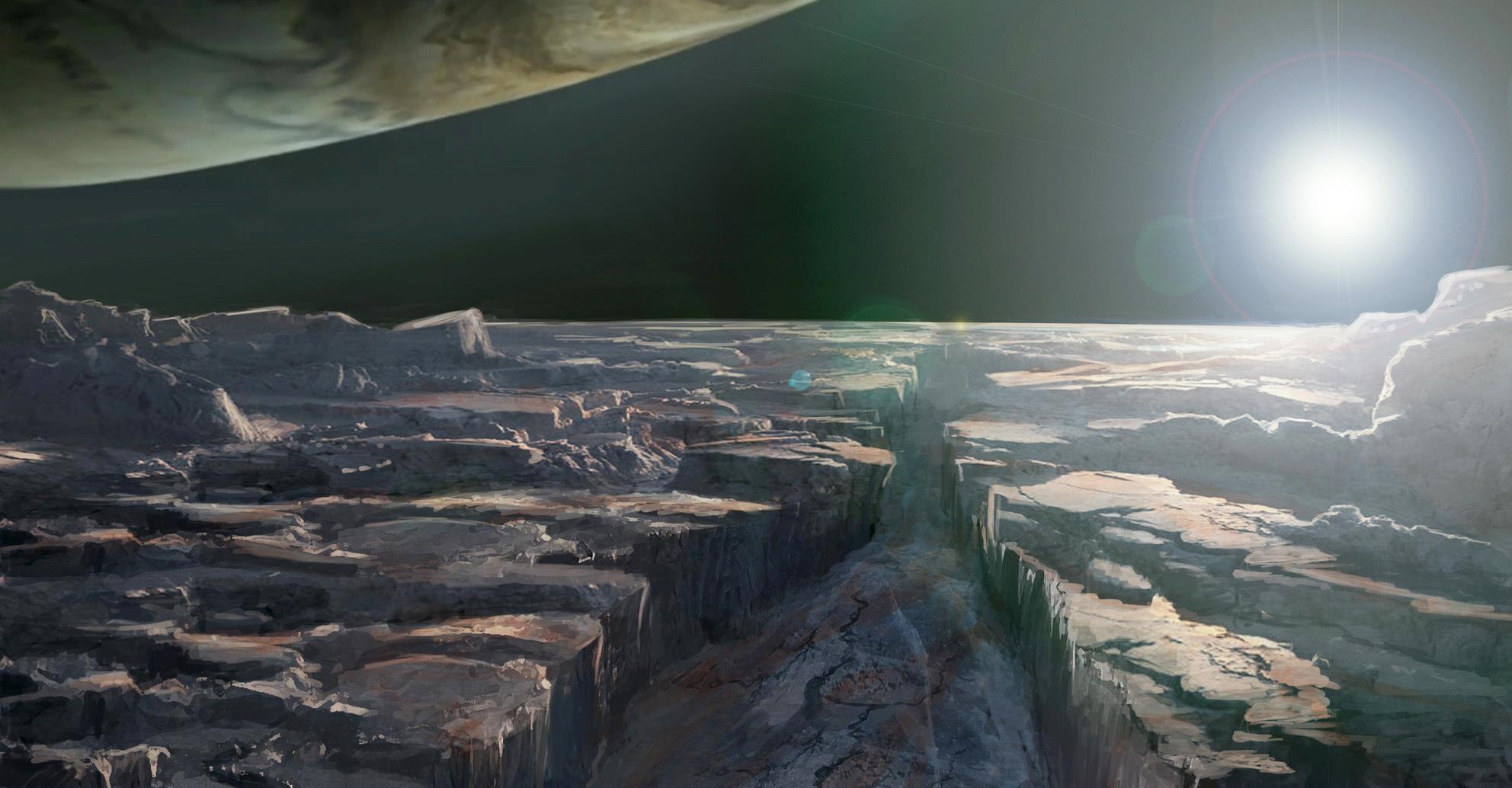
Just as filmmakers like Cordero find NASA’s science inspiring, NASA scientists are intrigued by the movies and even become scientists thanks to sci-fi cinema. Both Steve Vance and Ken Williford recounted to me that they were inspired to pursue careers in astronomy by movies: Vance by Carl Sagan’s Contact (and also by his epic TV series Cosmos), and Williford by The Empire Strikes Back and Star Wars.
Thus, even though science and art appear to exist on opposite poles, there is an intermingling between the two areas: the best scientists use their imagination like artists, and the best artists continually experiment to perfect their art. As a culture, we tend to celebrate artists who draw on the sciences, and scientists who are inspired by the arts, because both imply a broadness of perspective that sparks new insights and pushes civilization forward.
Of course, always hovering in the background of any meaningful sci-fi story is real history, and the poignancy of scientific endeavor.
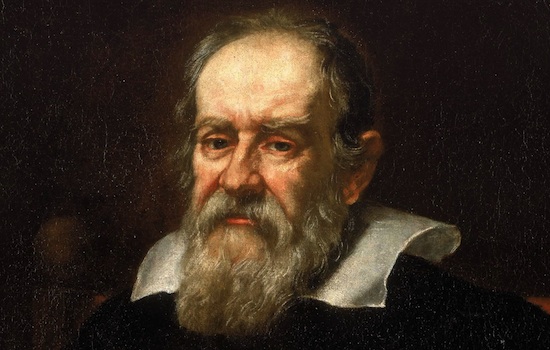
Sebastian Cordero recounted to me the important role Galileo Galilei played in the backstory of Europa Report. It was the Italian scientist and humanist who was the first to discover four of Jupiter’s moons, including Europa, on a winter night in 1610. Cordero noted:
“When you look back on Galileo and think of him looking at Europa for the first time through his telescope … it’s actually very poetic to think about everything that’s happened since then, and where that led human exploration, and space exploration.”
Posted on September 21st, 2013 at 3:50pm.